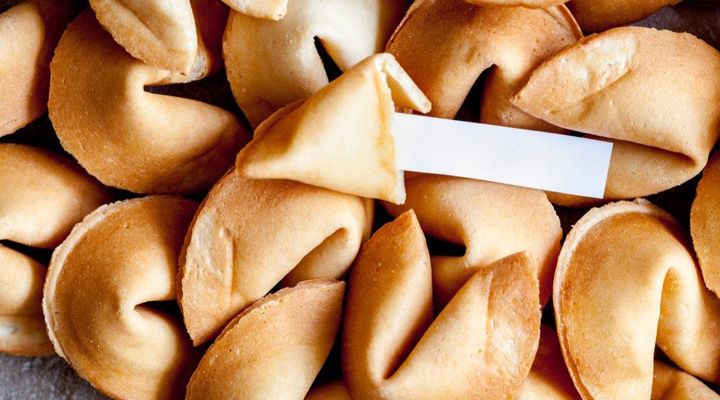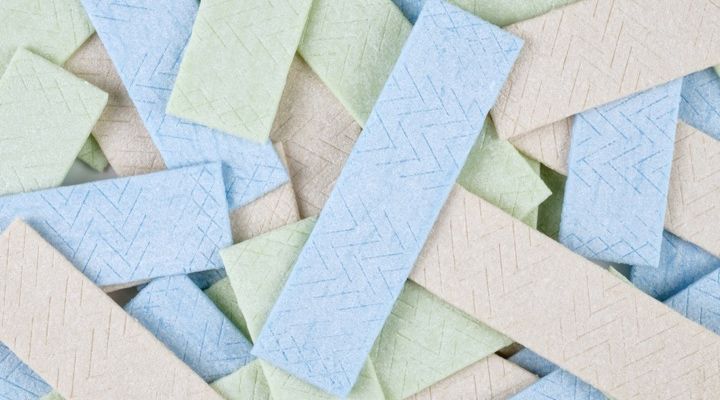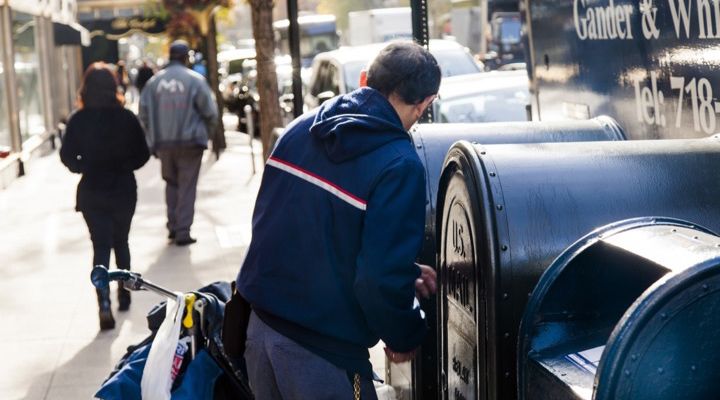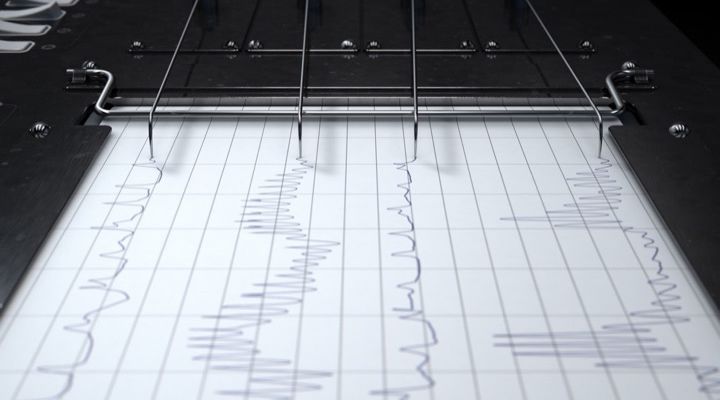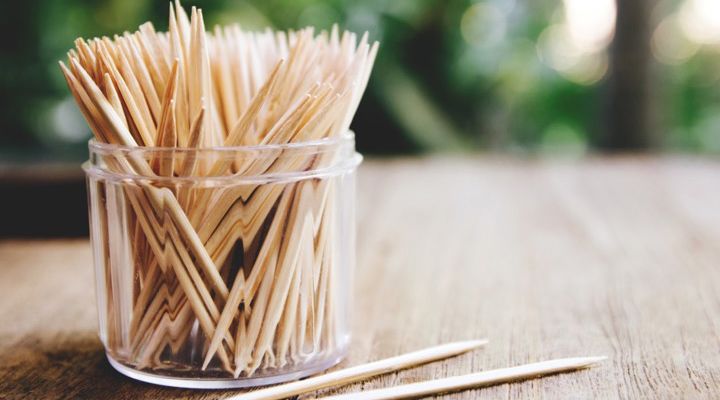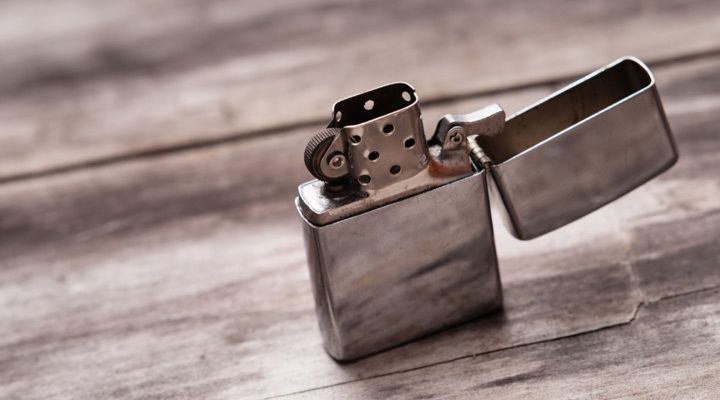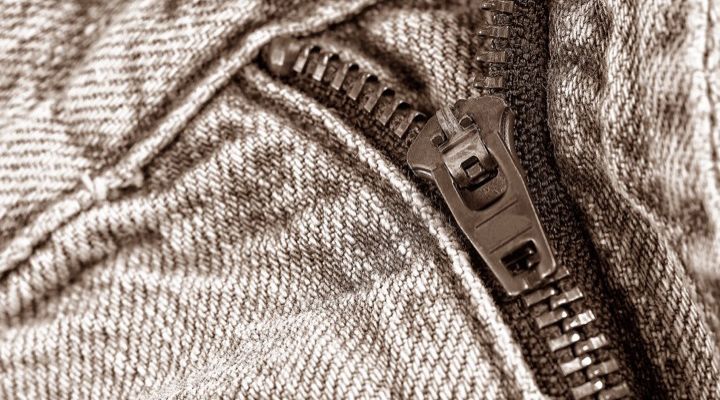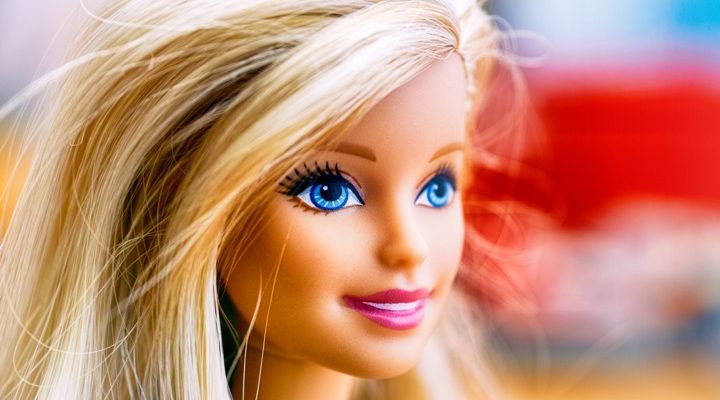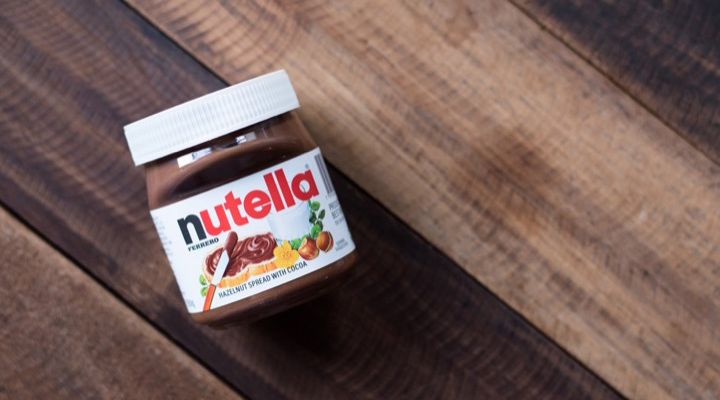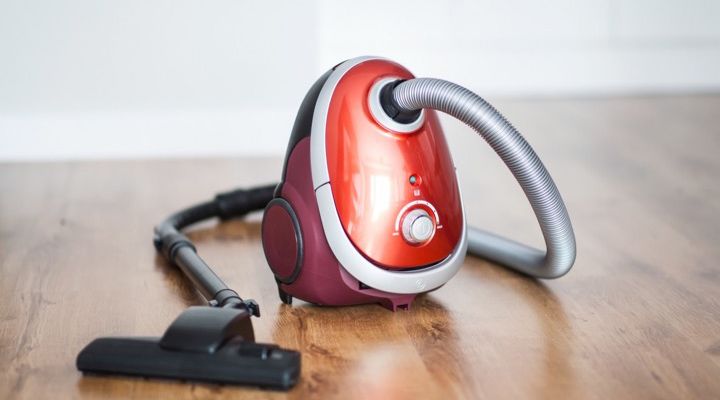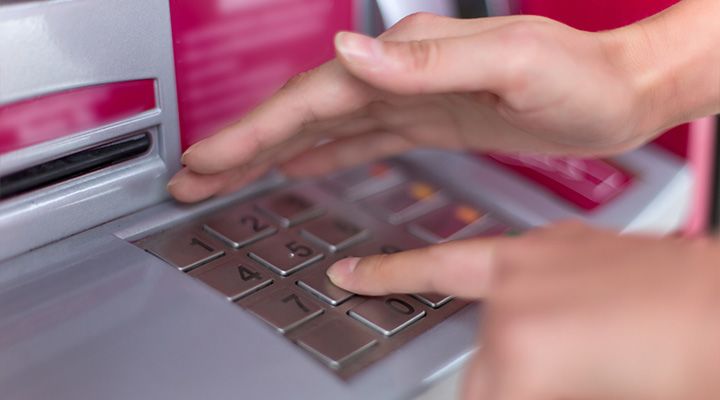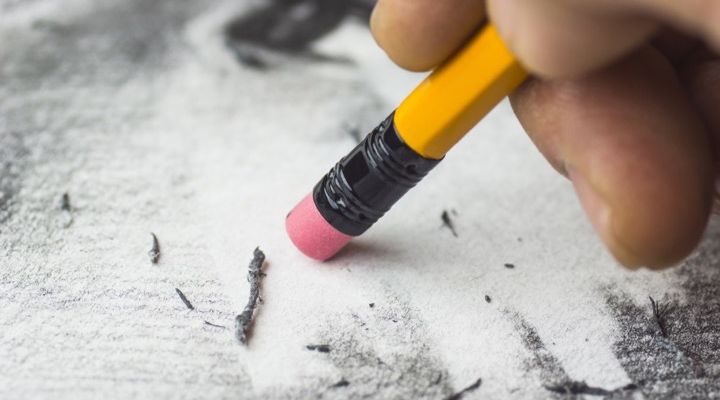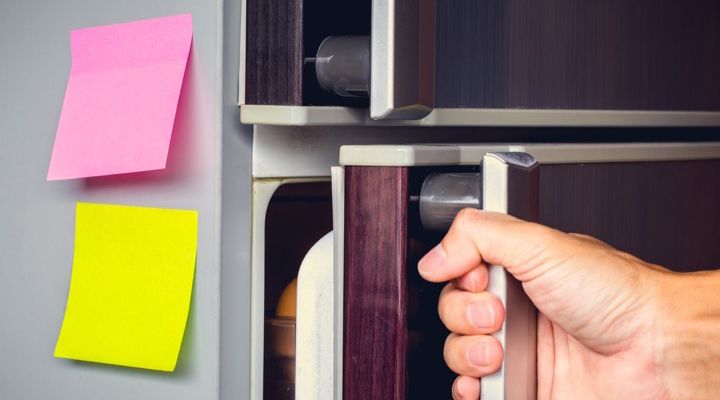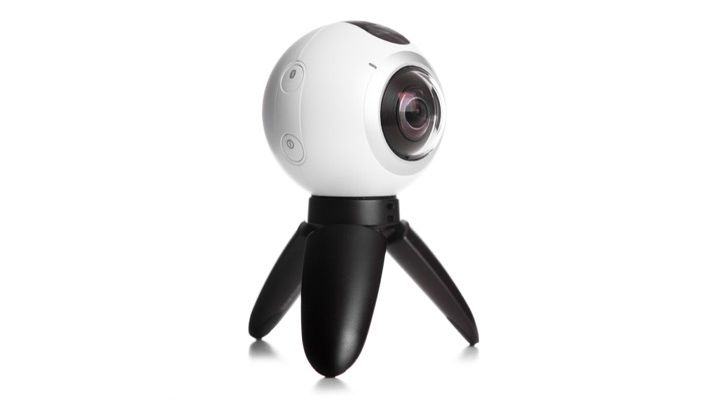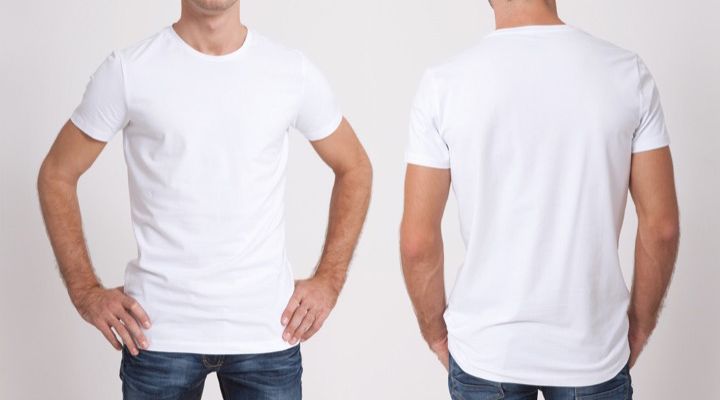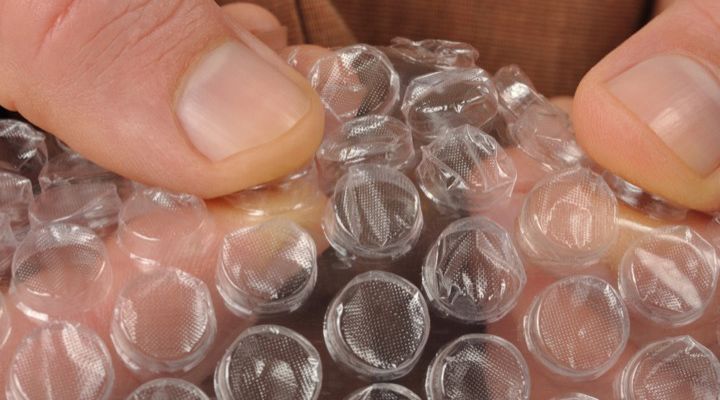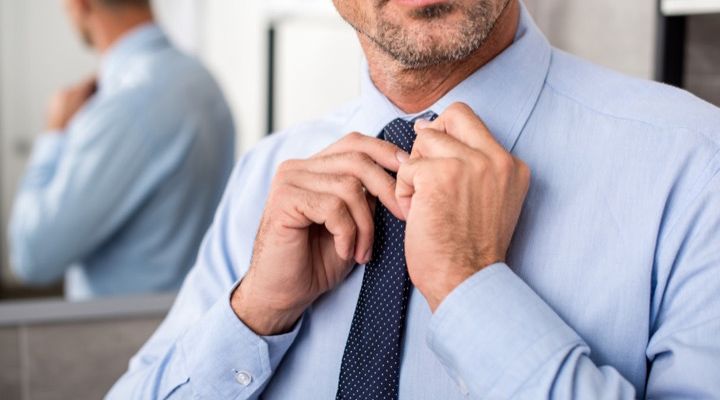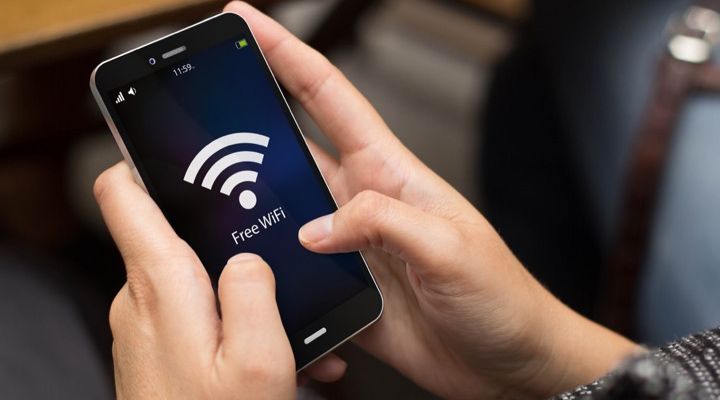We go through everyday life using WiFi, tying neckties, eating Nutella, and zipping our coats and jeans (not all at the same time of course), but we rarely think of the origins of these things we take for granted.
So we became curious and started poking around to find when and where everyday items came from. What we found was pretty interesting…
Vending Machines
Vending machines were invented and first used in ancient Alexandria. The Roman ruled city in Egypt dispensed holy water via a sort of vending machine using weights and levers. The technology has since been developed and now we use them for things like Skittles. Is sugar our new religion?
Televisions
Televisions have a complex history, but the first televised image was in a department store in London. A Scottish inventor named John Baird developed the technology, but was unable to produce an image of a human face like he wanted. The contrast just didn’t work. So he used a doll instead.
The Little Pocket Inside Your Jeans Pocket
This seemingly useless pocket of fabric was originally designed to hold pocket watches. The design stayed even after pocket watches went out of style. Perhaps these pockets can be enlarged to hold our new watches…cell phones, that is.
Chainsaws
The idea of the chainsaw came out of a need to help pregnant women having trouble during delivery…stay with us here. In some cases a procedure known as a pelviotomy was conducted to manually widen the pelvic bone in order for the baby to be delivered safely. The tool developed to do this, a handheld chain link-bladed saw, resembled and worked like a modern day chainsaw. Some curious minds developed other uses, obviously.
Fortune Cookies
These pastries are usually served with Chinese food, but they were originally invented during the California gold rush. Japanese-American restaurants began selling them, then Chinese eateries began to also.
Wrigley’s Chewing Gum
Wrigley’s first sold soap, believe it or not. But the business wasn’t doing great, so the company began to include small packages of gum with the soap to help it sell. Apparently the chewing gum proved to be the better product in the end.
Mailboxes
A novelist named Anthony Trollope thought of the idea of the mailbox when he collected mail for the British Post Office in the Canary Islands. He needed a central location for all the mail since collection times were unpredictable do to the rising and falling tides. He thought of a box, originally called a pillar box, to collect it all.
Lie Detector Tests
William Marston invented the systolic blood pressure test, which is the driving technology behind today’s polygraph machines. Odd as it may be, he also wrote the first Wonder Woman comic books. The superhero stood for truth, among other things.
Toothpicks
Getting food stuck in between our teeth goes back long before the history of man. Neanderthal remains have been found with scratch marks on their teeth, indicating that the dental tool predates mankind.
Lighters
A German scientist named Johann Dobereiner invented the first lighter in 1823. We mention it on this list because it was actually invented before friction matches were. Other types of matches existed in China long before that though.
Zippers
Elias Howe invented the zipper in the mid 1800s. But he didn’t think much of the technology and didn’t develop it for mass market consumption. It’s a shame he didn’t, because now they’re everywhere.
Barbie Dolls
Barbie’s German roots go back before the dolls invention in 1959. The idea of Barbie was inspired by a provocative cartoon character named Lilli. The tabloid comic often used sexual innuendo, similar to the comics featured in Playboy magazine today.
Nutella
Pietro Ferrero, and Italian baker, made the first batches of hazelnut Nutella after the war. The original spread was meant to taste chocolatey, but cocoa was scarce at the time while hazelnuts were rather abundant. When life gave Ferrero hazelnuts, he made Nutella…
Vacuum Cleaners
The first vacuum cleaner, invented by Hubert Booth in 1901, was so big that it had to be moved via horse and carriage. This also made the service incredibly expensive. Now we have dinner plate-sized auto vacuums that we don’t even need to push. What a world.
Lysol
Lysol was originally sold as a hygiene product for women but soon after doctor’s realized it was toxic, it was pulled from the shelves. Luckily for the brand, they found another use for it.
PIN Numbers
PIN numbers were originally six digits until the inventor’s wife told him (John Barron) that there was no way she was remembering all that. He lowered them to four soon after.
Fire Hydrants
The origin of the fire hydrant would be featured on its patent. Unfortunately, the patent office that held the patent burned down in the early 1800s. To whoever invented it, we thank you.
Parachutes
A lot of people believe that Leonardo da Vinci was the first to think of the technology. But in actuality, an old Emperor of the Han Dynasty in China demonstrated the idea when he jumped from a window holding a makeshift contraption of bamboo and cloth, allowing him to float safely to the ground escaping his violent father.
Pencil Erasers
The first erasers were actually pieces of bread, odd as it sounds. Then one day in the late 1700s, Edward Nairne picked up pieces of rubber thinking they were bread crumbs and proceeded to erase with them. Discovering they actually worked better and lasted longer, he invented the rubber eraser.
Refrigerator Door Lining
The lining on a refrigerator door today is magnetic, but coolers were not always built that way. It wasn’t until the mid 1900s, when the mortality rate of children locked inside refrigerators was unreasonably high, that the old locking latches were replaced with the magnetic strips we use today.
Velcro
A man was walking his dog in the woods one day when he noticed the animal’s coat had accumulated a rather large amount of burdock seeds. The man, George de Mestral, then thought to apply the same idea to fabric, and thus, invented Velcro.
Chocolate Milk
People used to mix water with the powder of cocoa plants but the mixture didn’t taste great. A doctor from Ireland named Hans Sloane thought to use milk instead. He may not have been the first, though. Regardless, after it became a widespread practice, doctors used the drink as a remedy for some illnesses.
Web Cams
A few of the faculty at Cambridge University were tired of getting up to see if there was coffee in the pot. So in order to check without leaving their desks, they created a small camera that faced the coffee pot. The technology spread like wildfire and now these little web cams are everywhere.
Birthday Cakes
The modern tradition of birthday cakes developed after a German party-thrower named Ludwig Zinzindorf became famous for hosting incredibly lavish parties that featured large cakes with dozens of candles. People liked the idea so much they started doing it themselves, but the only time they were willing to spend money on a large cake and candles was after someone in the family had a kid. And thus the tradition was born.
T-Shirts
T-shirts as outerwear first became popular thanks to the US Navy, whose seamen were tired of wearing shirts with buttons. The convenience did not go unnoticed and eventually breached into the civilian market. Now they’re sold anywhere you can buy clothes.
Bubble Wrap
The pop-worthy material came on the scene as a product to insulate greenhouses after it failed as a type of wallpaper. But it didn’t last after people began to realize it melted in the sunlight. The inventors soon found another use for the invention: packaging.
Neckties
King Louis XIV first wore lace cravats around his neck and the look spread among the French nobility like butter on toast. To try and stand out from the crowd, these Frenchmen tied them in all types of ways, and today there are around 90 different ways to tie a necktie thanks to this vanity from the 1600s.
WiFi
The US military picked up on a discovery made by a Hollywood actress named Hedy Lamarr, who spent her personal time tinkering in tech. She studied frequency hopping and after the military developed the technology a little further, WiFi was born.
Croissants
You may think this pastry was created by a French baker, but you’d be mistaken. It was an Austrian man named August Zang that created it. He introduced it to the French when he opened a bakery in Paris in the early 1800s.
Garden Gnomes
These little helpers started sprouting up in Ancient Rome’s gardens as offerings to the fertility god Priapus. Maybe there was a correlation between gardeners with kids who also had the gnomes in their gardens, but either way people continued to do it. The tradition has lasted thousands of years.





